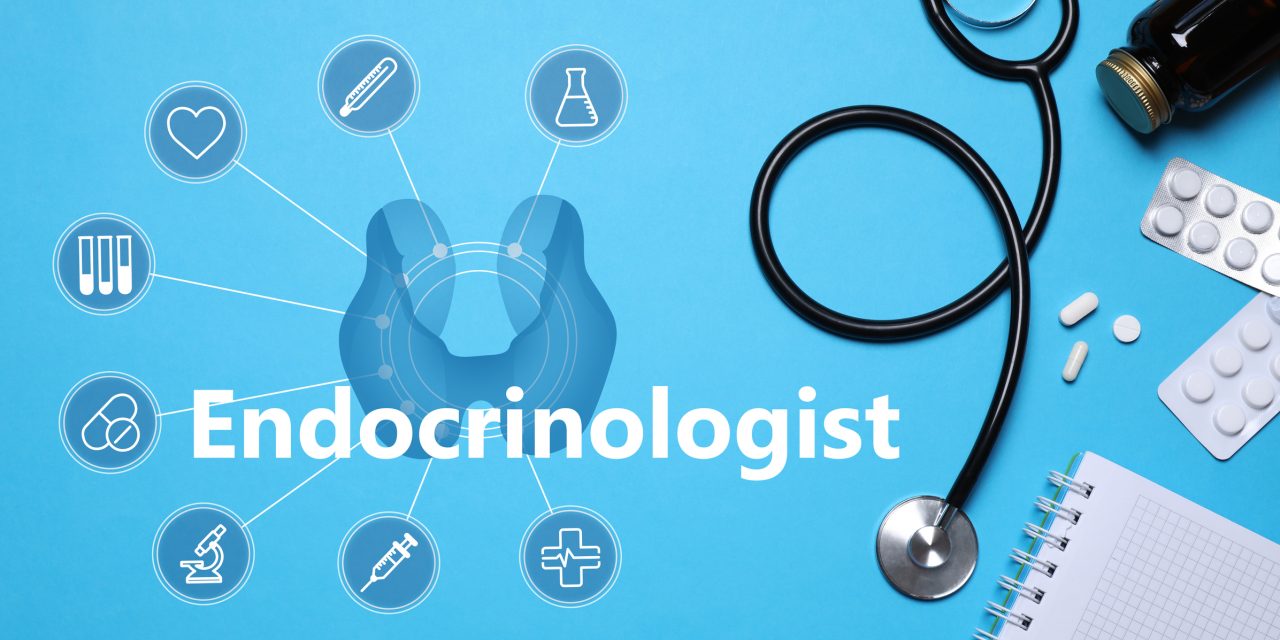 The American Diabetes Association (ADA) published a position statement in the November issue of Diabetes Care outlining strategies to effectively transition patients with diabetes from pediatric to adult providers.
The American Diabetes Association (ADA) published a position statement in the November issue of Diabetes Care outlining strategies to effectively transition patients with diabetes from pediatric to adult providers.
Between 18 and 30 years is the transitional period when it’s critical to ensure the continuity of care for patients, especially given the many changes in lifestyles young adults go through as they go to college or begin to support themselves. Despite existing guidelines, physicians are often confronted many obstacles in the management of diabetes around this age. Some of the ADA Recommendations for Youth-Adult Care Transition include:
At least 1 year before the transfer to adult healthcare providers, pediatric providers should collaborate with the patient and family to prepare for the upcoming transition in healthcare delivery.
The pediatric provider should provide the patient and adult provider with a written summary including an active problem list, medication list, diabetes self-care skills evaluation, summary of past glycemic control and diabetes-related comorbidities, summary of any mental health problems, and referrals during pediatric care.
Pediatric and adult care providers both should offer support and referrals to resources that may assist the patient in case there is a loss of consistent healthcare or in case they become lost to follow-up.
To prevent acute and long-term complications of diabetes, adherence to and consistent use of glucose-lowering medications must be emphasized.
Emerging adults with diabetes should be assessed and treated for disordered eating behaviors and affective disorders, with referral as needed to a mental health provider familiar with diabetes care.
Pediatric and adult clinicians should discuss with emerging adults how diabetes may affect birth control, pregnancy planning and risks, prevention of sexually transmitted illnesses, alcohol and drug use, smoking, and driving.
The increasing incidence of both type 1 and type 2 diabetes in childhood, adolescence, and young adulthood highlights the need for a framework of care and education for this population as well as a call for additional research in this area.


